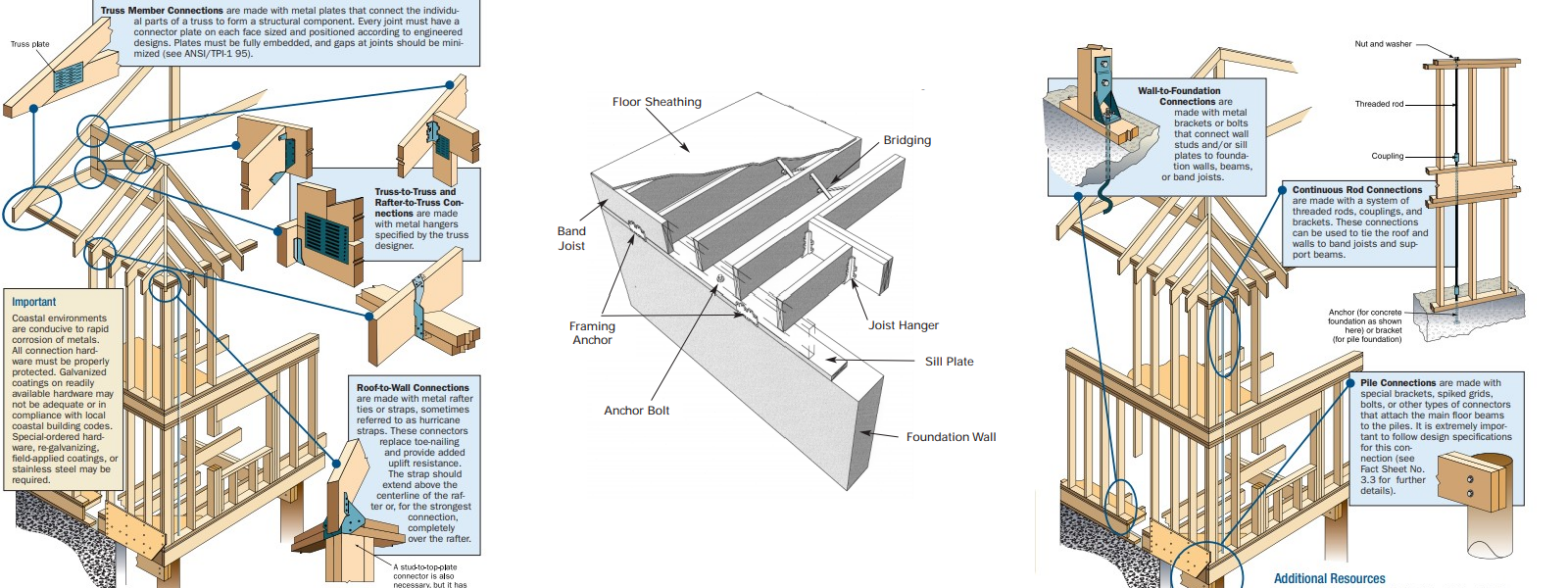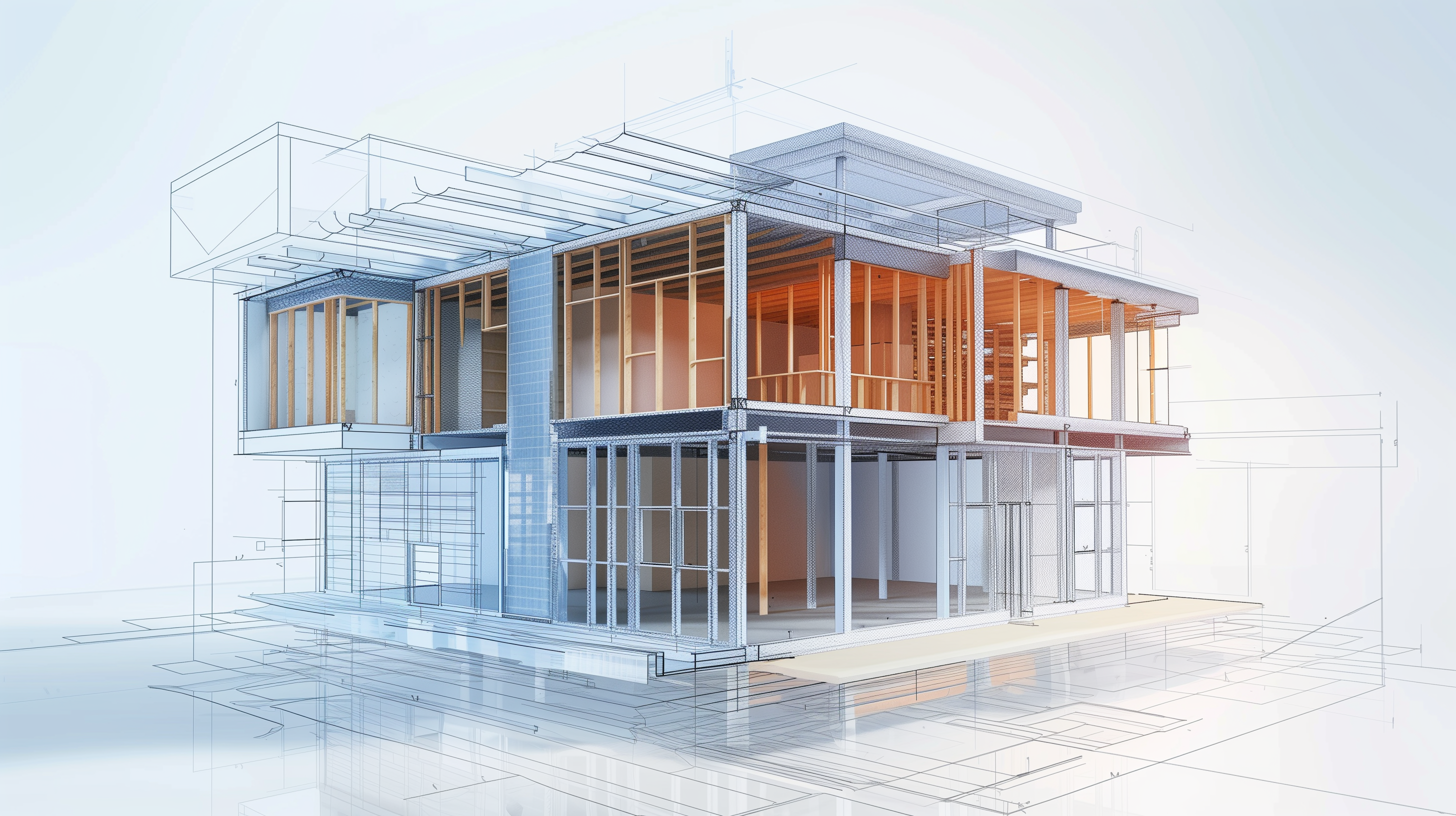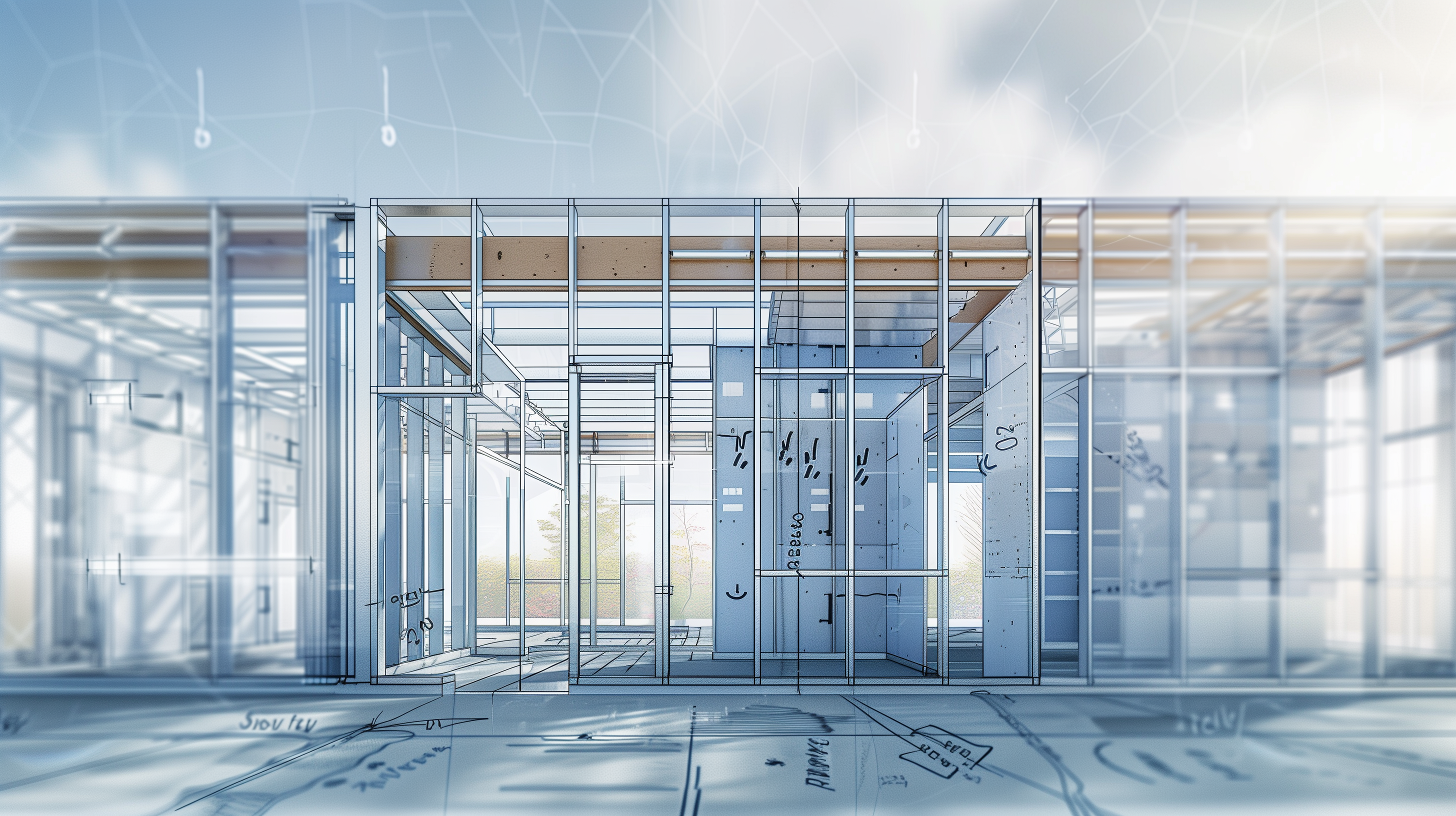Introduction
The concept of a continuous load path is crucial for the structural integrity of buildings, especially those located in areas prone to extreme weather conditions such as hurricanes, high winds, and earthquakes. This blog explores the importance of ensuring a continuous load path from the roof to the foundation and offers best practice steps for implementation.
What is a Continuous Load Path?
A continuous load path refers to the structural condition that allows a building to resist all types of loads, both vertical and horizontal. It involves a series of connections that transfer these loads from the roof to the foundation, helping to keep the building intact during extreme weather conditions.
Why is it Important?
Failures in the load path can lead to catastrophic structural damage. By ensuring a continuous load path, you can significantly reduce the risk of such failures, thereby improving the resilience and safety of the building. It is a requirement in the IBHS FORTIFIED Home Hurricane Standard and the IBHS FORTIFIED Home High Wind Standard for achieving the FORTIFIED Gold designation.
Best Practices for New Construction
1. Assess the Risk
- Determine the wind design velocity and assess if the building is in a hurricane-prone region.
2. Consult a Structural Engineer
- For buildings in high-risk areas, consult a licensed structural engineer to determine the appropriate continuous load path connections.
3. Follow Building Codes
- Ensure compliance with all applicable building codes for roof framing, floor framing, wall framing, and foundations.
4. Specify and Install Connections
- Install roof sheathing-to-framing connections.
- Establish roof-to-wall connections.
- Ensure wall above-to-below connections.
- Implement wall-to-foundation connections.
Compliance Checklist for Continuous Load Paths
International Residential Code (IRC)
- Meet minimum fastening requirements for wood frame construction.
- Comply with sections on braced wall panel uplift load paths.
International Building Code (IBC)
- Follow requirements for connectors and fasteners.
- Adhere to Section 2304.10.6 on load paths.
IBHS FORTIFIED Home Standards
- Consult for FORTIFIED Gold Designation requirements.
- Follow prescriptive measures for high-wind areas.
Retrofit Guidelines
- Existing buildings must adhere to the latest IRC regulations.
- Refer to Appendix J for repair and renovation standards.
Tables for Quick Reference
- IRC Table R602.3(3) for fastening requirements.
- IBHS Tables 7, 8, 9, and 10 for capacities based on roof spans.
Conclusion
The concept of a continuous load path is not just a theoretical best practice; it’s a practical necessity for ensuring the safety and longevity of a building. By following the guidelines mentioned above, you can ensure that your building is better equipped to withstand extreme weather conditions.
For more personalized guidance, consult with engineers and local building codes specific to your location. For immediate service or consultation, you may contact us at Allied Emergency Services, INC.
Contact Information:
- Phone: 1-800-792-0212
- Email: Info@AlliedEmergencyServices.com
- Location: Serving Illinois, Wisconsin, and Indiana with a focus on the greater Chicago area.
If you require immediate assistance or have specific questions, our human support is readily available to help you.
Disclaimer: This article is intended for informational purposes only. For professional advice, consult experts in the field










